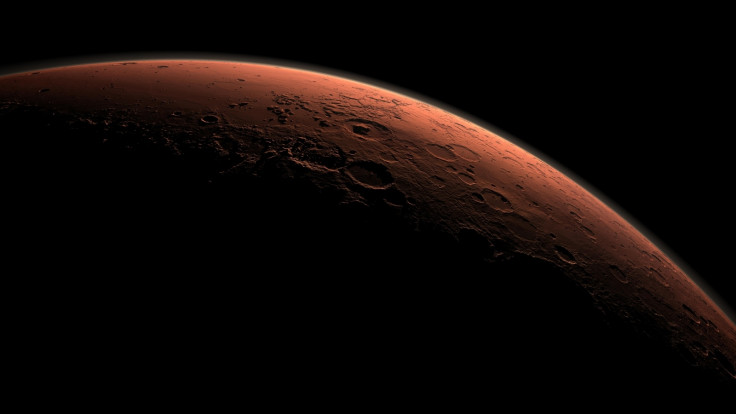Was Mars always Earth's neighbour? Red Planet may have been too far away to support life
Researchers ran a series of simulations to get new insights into the Red Planet's formation and evolution.

A group of international scientists have suggested Mars may not have always been Earth's neighbour, at least in the early stages of planetary evolution. The researchers say the planet formed farther in the asteroid belt and was driven later to its current position.
Located 54.6 million kilometres away, Mars sits next to Earth and is being researched for possible signs of life. Scientists believe the planet had water in the distant past and came into existence near Earth from the same building blocks.
However, if that's the case, why are the Red Planet's mass and composition completely different from Earth? It is made from materials that make it more like a meteorite than a planet even remotely similar to Earth and is just 11% of our home planet in terms of mass.
To answer this, the international researchers ran a series of computer simulations and posited that the planet formed under different conditions and was later driven into our neighbourhood due to an external force.
The group has theorised that the Red Planet formed in the asteroid belt, one and a half times as far from the Sun as its current position, and was moved by the gravitational pull of fellow planet Jupiter.
Though the group admits the theory is pretty far-fetched, their simulations did account for the difference in chemical make-up and mass.
"Mars' formation in the asteroid belt took place very early in Mars's history, well before the crust stabilised and the atmosphere was established," team member geologist Stephen Mojzsis from the University of Colorado, told Astrobiology Magazine.
The simulations run by the researchers revolved around the grand-tack hypothesis that Jupiter was hurtling towards the Sun before being held back by the gravitational pull of Saturn. The planet, according to the researchers, might have plowed a large concentration of mass towards the Sun, which contributed to the formation of Earth and Venus while pushing materials away from Mars.
The giant planet's strong pull even led to the migration of the Red Planet, which was much further away, to its present location, next to Earth.
There's no evidence to prove this theory, but if it were true, Mars would have been colder than previously thought or even too cold to sustain liquid water or life. However, the group believes Martian history is long enough to accommodate both colder as well as the warmer timeline. Mojzsis also noted asteroid bombardments could have played a role in starting the warmer period.
These models look to answer the questions about the evolution of our Solar System, but Mars forming next to Earth was still the most likely scenario in the simulations.
"Low probability means one of two things: that we don't have a better physical mechanism to explain Mars' formation or in the enormous panoply of possibilities we ended up with one that is relatively rare," says Mojzsis.
Hopefully, further studies will give us more insights into the formation as well as the evolution of Solar System's inner as well as outer planets, factors that could lead us in the right direction to look for signs of life.





















